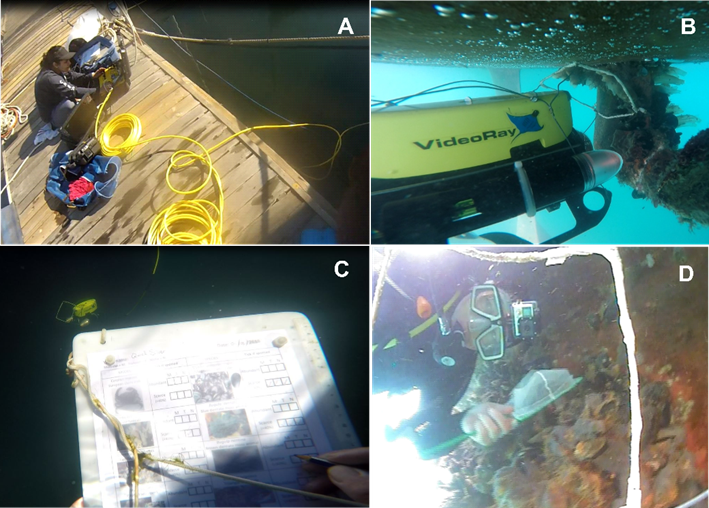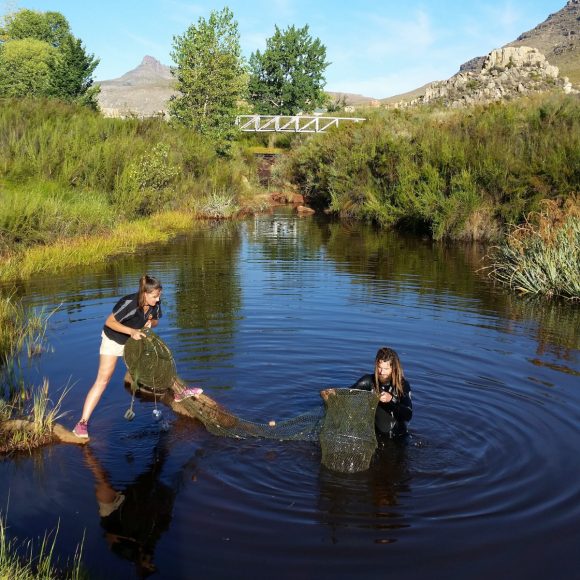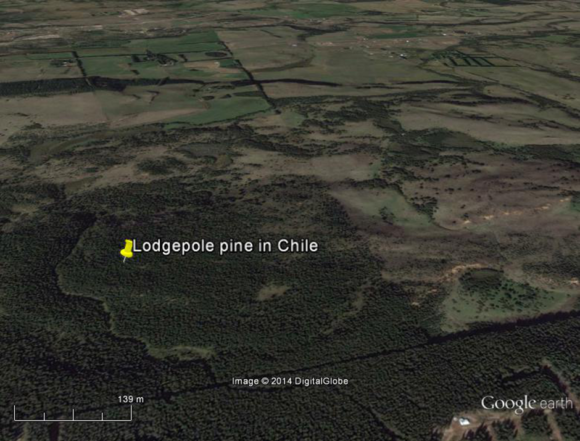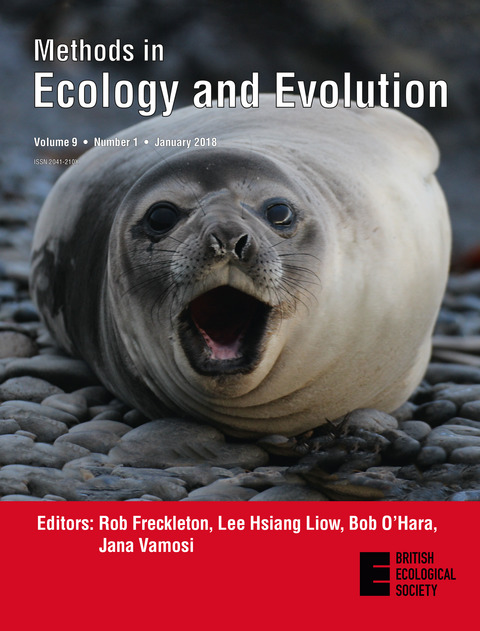22 January 2019 | By Koebraa Peters
The most effective method to sample recreational vessels for marine alien fouling species is to combine diver-based and lab-based methods, a study reported. Published in the Journal of Environmental Management, the study was conducted by C·I·B Post-doctoral associate, Koebraa Peters, C·I·B Core Team Member, Tammy Robinson and SANBI’s Marine Programme Manager, Kerry Sink.
Recreational vessels, such as yachts, play an important role in the spread of marine alien species intra-regionally. These species are transferred through biofouling, the growth of organisms onto submerged sections of vessels. Currently, there is no legislation in place to monitor, or manage marine alien species in biofouling assemblages in South Africa and many regions across the world. This poses a problem since recreational vessels are able to move freely between marinas and often travel to pristine locations. There is currently also no systematic method for monitoring these vessels for alien species.
In order to develop such a system, there was a need for a cost effective yet effective approach to sample vessels. Such a system would be particularly useful in regions where resources are limited for managing marine alien species.
Peters and colleagues applied four sampling approaches to yachts, using both divers and a remotely operated vehicle (ROV). These were used to sample 53 yachts across four marinas in the Western Cape of South Africa. The submerged areas of the yacht hulls and niche areas (i.e. rudder, propeller, keel and water inlets) were inspected for alien species.
In their survey, Peters and colleagues found that collecting scrape samples from hulls, combined with visual inspections by divers was the most effective method for detecting marine alien species. This allowed the researchers to detect as many alien species as possible in scrape samples and to target niches, which are often more susceptible to being fouled.
The researchers also considered the cost of each approach used. Although collecting and processing scrape samples was one of the most expensive methods, it was the most cost effective approach yielding the lowest cost per species detected. The use of the ROV had low efficacy and incurred high costs.
Not only were the researchers able to identify the most effective method to employ, they also developed a framework for managers to be able to objectively choose an approach that would be most effective to sample yachts for alien species, whilst considering their financial and logistical constraints.
“Studies that consider the economic and logistical implications of monitoring and management approaches are vital for the advancement of marine alien species management, particularly in developing countries” explains Koebraa. She adds that “our research shows the importance of yachts as carriers of marine alien species in South Africa and has advanced our knowledge regarding the techniques that can be used to sample fouling assemblages for alien species.”
Read the full paper:
Peters, K., Sink, K. and Robinson, T. B. 2019. Sampling methods and approaches to inform standardized detection of marine alien fouling species on recreational vessels. Journal of Environmental Management, 230, 159 – 167. https://doi.org/10.1016/j.jenvman.2018.09.063
For more information, contact Koebraa Peters at koebraa@sun.ac.za




